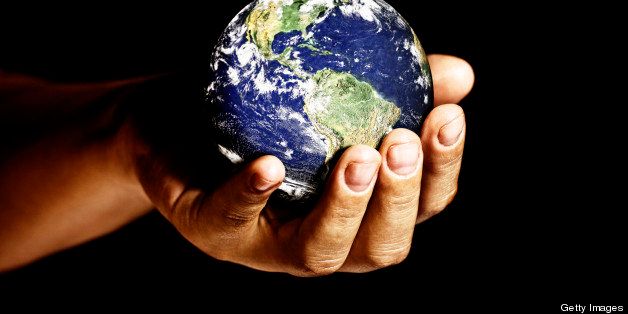
The World Bank reported earlier this year that global poverty rates continue to fall. While this is extremely encouraging news at a time of financial crisis in many countries, there are still more than one billion people who live under US$1.25 a day and are in great need of support. With world governments poised to achieve the Millennium Development Goals by their deadline, it is important to recognize their progress in alleviating poverty across the globe. But, as we start to design the goals that will drive the global development agenda beyond 2015, it is crucial that we consider the role of nature and civil society in sustainable development.
The most vulnerable populations live around some of the planet's most endangered ecosystems and are heavily dependent on the goods and services that nature provides, such as crop pollination, food and water. They are also the first to suffer from the deterioration of their natural environment, which is taking place at increasingly alarming rates due to immediate economic needs. Survival and improved living conditions for the world's poorest, thus, hinge on the natural resources on which they rely for their livelihoods.
At the core of the new Sustainable Development Goals under review by the United Nations secretary general Ban Ki-moon, must be an integrated, community-led approach to development -- one that brings together multiple sectors of society to empower local people to tackle not only social and economic challenges, but also environmental ones. A recent scientific study concluded that the value of the ecosystem services going to communities living in priority areas for conservation amounts to $1 trillion per year. This is more than triple the cost of conserving those areas.
It is this approach that led me to support the Critical Ecosystem Partnership Fund (CEPF), an initiative established in 2000 that delivers funds from some of the biggest development and conservation donors into the hands of impoverished communities in biodiversity hotspots -- the world's ecologically richest and yet most threatened ecosystems. Its strategy is simple, but potent: bring together governments, multilaterals, and international donors to employ nonprofit organizations in these regions to reach deeply into the grassroots, supporting people and the natural wealth they rely on to survive.
Empowering local communities to protect the natural habitats that surround them is the most effective way of improving their social and economic conditions, while at the same time advancing their capacity to care for nature. If the world is to achieve sustainable development, it must place conservation at the core of poverty alleviation and economic growth policies. Nature underpins human development by providing a healthy planet for rich and poor alike, and only a coordinated, people-centered approach to ensure the sustainable use of nature can lead to a better future for all.